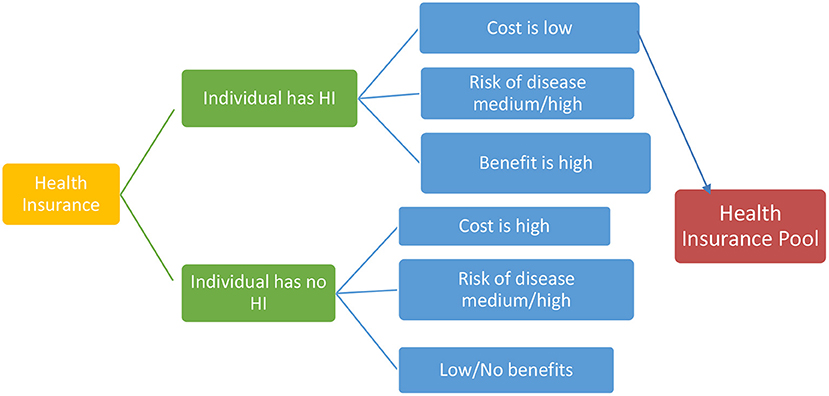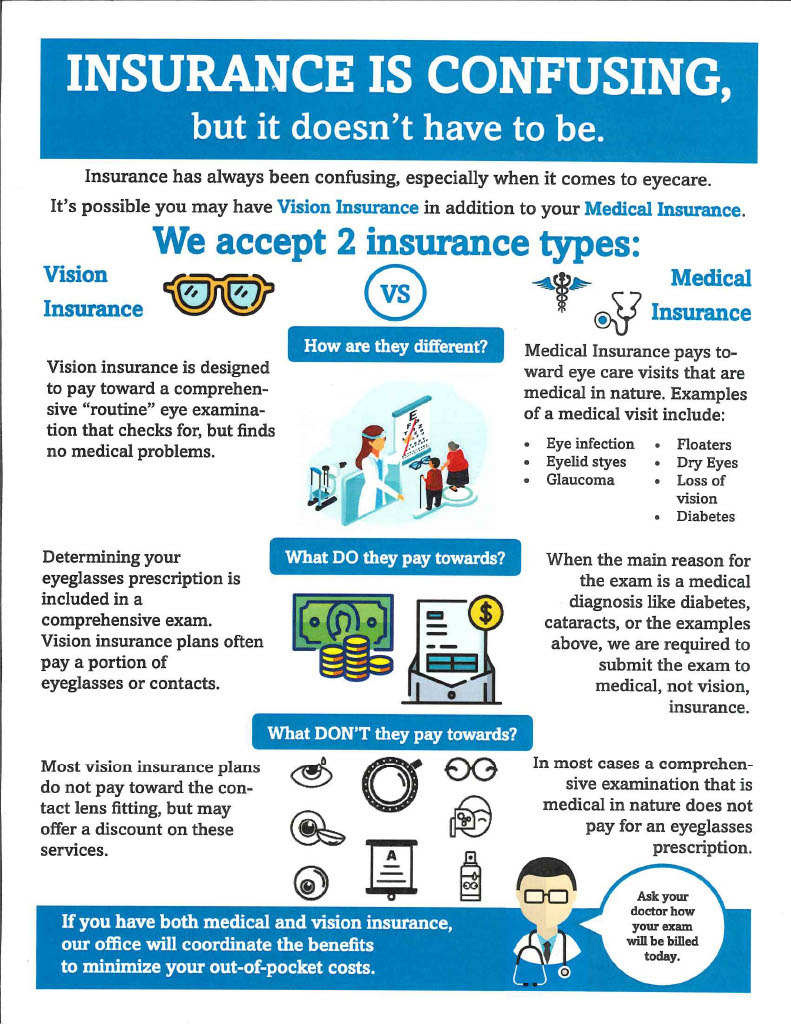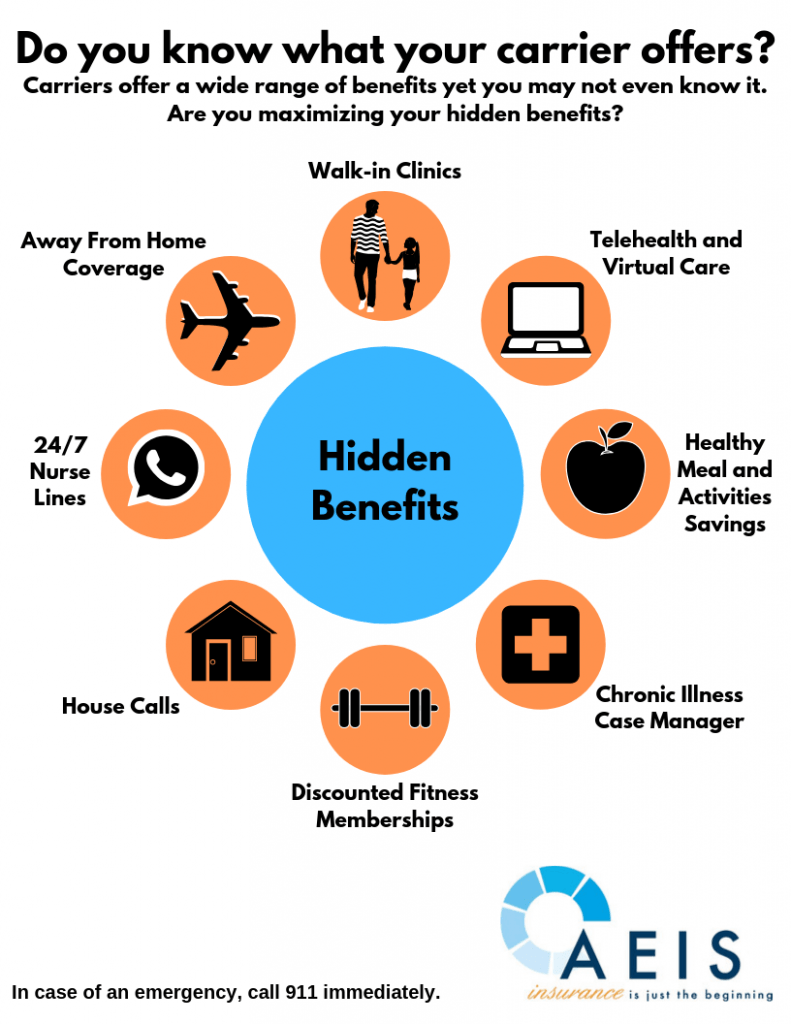Not known Details About Medicare Advantage Agent
Table of ContentsEverything about Medicare Advantage AgentNot known Details About Medicare Advantage Agent The Only Guide for Medicare Advantage Agent

complies with from puzzling the fairly young age profile of the without insurance with the far better health and wellness, typically, of more youthful persons. This obscures the web link in between health and wellness status and medical insurance. For those without accessibility to work environment health insurance coverage, inadequate health is a prospective obstacle to acquiring nongroup protection due to the fact that such insurance coverage may be very valued, omit preexisting conditions, or be merely inaccessible. The number of uninsured Americans is not specifically big and has actually not altered in recent times. Seven out of ten respondents in a country wide depictive study thought that fewer Americans did not have wellness insurance policy than actually do(Fronstin, 1998). Approximately fifty percent(47 percent )thought that the variety of individuals without medical insurance decreased or continued to be continuous over the latter half of the last decade(Blendon et al., 1999). This drop of virtually 2 million in the number of people 'without insurance coverage (a decrease
of around 4 percent)is absolutely a favorable modification. With a softer economic situation in 2000 the most recent reported gains in insurance protection may not continue(Fronstin, 2001 ). The decrease in the variety of without insurance will certainly not continue if the economic climate stays slow and wellness treatment costs remain to exceed rising cost of living. This is due to the fact that the data were accumulated for a duration of solid financial efficiency. Of the estimated 42 million people that were uninsured, all yet regarding 420,000(regarding 1 percent)were under 65 years of age, the age at which most Americans come to be qualified for Medicare; 32 million were adults between ages 18 and 65, around 19 percent of all adults in this age; and 10 million were youngsters under 18 years old, concerning 13.9 percent of all youngsters (Mills, 2000). These quotes of the number of persons uninsured are created from the annual March Supplement to the Current Population Study (CPS), carried out by the Demographics Bureau. Unless or else noted, national estimates of individuals without health and wellness insurance and percentages of the populace with various kinds of insurance coverage are based on the CPS, one of the most extensively made use of resource of estimates of insurance protection and uninsurance rates. These studies and the estimates they yield are defined briefly in Table B. 1 in Appendix B - Medicare Advantage Agent. These surveys vary in dimension and tasting approaches, the questions that are asked about insurance policy
The Main Principles Of Medicare Advantage Agent
coverage, and the time period over which insurance policy protection or uninsurance is measured(Lewis et al., 1998, Fronstin, 2000a ). Still, the CPS is especially beneficial since it produces yearly price quotes relatively promptly, reporting the previous year's insurance policy coverage approximates each September, and since it is the basis for a regular collection of quotes for even more than 20 years, enabling analysis of trends in insurance coverage over time.

Not known Incorrect Statements About Medicare Advantage Agent
Over a three-year period starting early in 1993, 72 million people, 29 percent of the U.S. population, were without coverage for a minimum of one month. Within a single year(1994), 53 million individuals experienced at the very least a month without insurance coverage(Bennefield, 1998a). 6 out of every 10 uninsured adults are themselves used. Although functioning does improve the probability that and one's family members will certainly have insurance policy, it is not a guarantee. Even members of family members with 2 full-time wage income earners have virtually a one-in-ten chance of being uninsured (9.1 percent uninsured rate)(Hoffman and Pohl, 2000 ). The relationship between health and wellness insurance policy and accessibility to care is well developed, as recorded later on in this phase. Although the relationship in between medical insurance and health results is neither straight neither simple, a considerable professional and health and wellness solutions research study literature web links medical insurance coverage
to improved access to care, better quality, and improved personal and populace wellness status. The second record, on individual health outcomes for uninsured adults, is represented by the innermost circle of the figure, while the 3rd report, on family members well-being, includes the subjects of the 2nd record however emphasizes a various device of evaluation, specifically, the family. The 6th record in the collection will offer info concerning approaches and campaigns undertaken locally, statewide, or across the country to deal with the lack of insurance and its damaging influences. Degrees of evaluation for examining the impacts of uninsurance. This discussion of health and wellness insurance policy coverage focuses primarily on the united state populace under age 65 because practically all Americans 65 and older have Medicare or other public protection.
It focuses especially on those without any health and wellness insurance for any kind of size of time. The problems encountered by the underinsured remain in some respects similar to those dealt with by the without insurance, although they are usually much less serious. Uninsurance and underinsurance, nevertheless, include distinctly different policy issues, and the methods for resolving them may vary. Throughout this research and the 5 reports to adhere to, the primary emphasis is on individuals with no medical insurance and thus no help see post in paying for healthcare past what is offered through charity and safety and security net organizations. Medical insurance is a powerful variable impacting receipt of care because both people and doctors react to the out-of-pocket cost of solutions. Health and wellness insurance policy, nonetheless, is neither required nor sufficient to access to clinical solutions. However, the independent and direct result of wellness
insurance policy protection on access to wellness solutions is well established. Others will certainly get the wellness treatment they need also without wellness insurance policy, by paying for it out of pocket or seeking it from suppliers who offer care free or at extremely subsidized prices. For still others, health insurance coverage alone does not make sure invoice of care as a result of various other nonfinancial barriers, such as an absence of healthcare service providers in their area, limited access to transport, illiteracy, or linguistic and social differences. Official research regarding uninsured populaces in the United States dates to the late 1920s and very early 1930s when the Board on the Expense of Treatment produced a series of records regarding financing medical professional workplace visits and hospitalizations. This issue came to be significant as the numbers of clinically indigent climbed up during the Great Anxiety. Empirical researches regularly sustain the link in between access to care and enhanced health end results(Bindman et al., 1995; Starfield, 1995 ). Having a normal source of care can be taken into consideration a predictor of accessibility, as opposed to a direct measure of it, when health end results are themselves made use of as gain access to indications. This extension of the concept of gain access to measurement was made by the IOM Board on Checking Accessibility to Personal Health Care Provider(Millman, 1993, p. Whether parents are insured appears to affect whether their children receive care as well as just how much careeven if the youngsters themselves have coverage(Hanson, 1998). The health and wellness of moms and dads can affect their ability to care for their kids and the level of family members stress. Stressing over their children's accessibility to care is itself a source of stress and anxiety for moms and dads. 3 chapters comply with in this record. Chapter 2 gives an overview of exactly how employment-based medical insurance, public programs and private insurance plan run and interact to give extensive however incomplete protection of the U.S. population. This includes a testimonial of historic fads and public plans affecting both public and private insurance, a discussion of the communications amongst the different kinds of insurance, and an examination of why people relocate from one program to an additional or wind up
